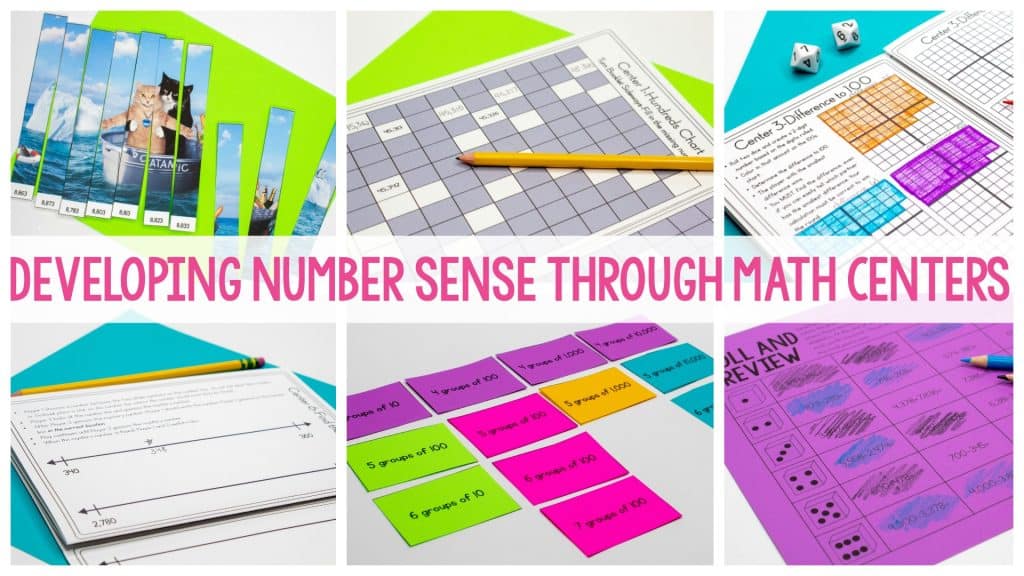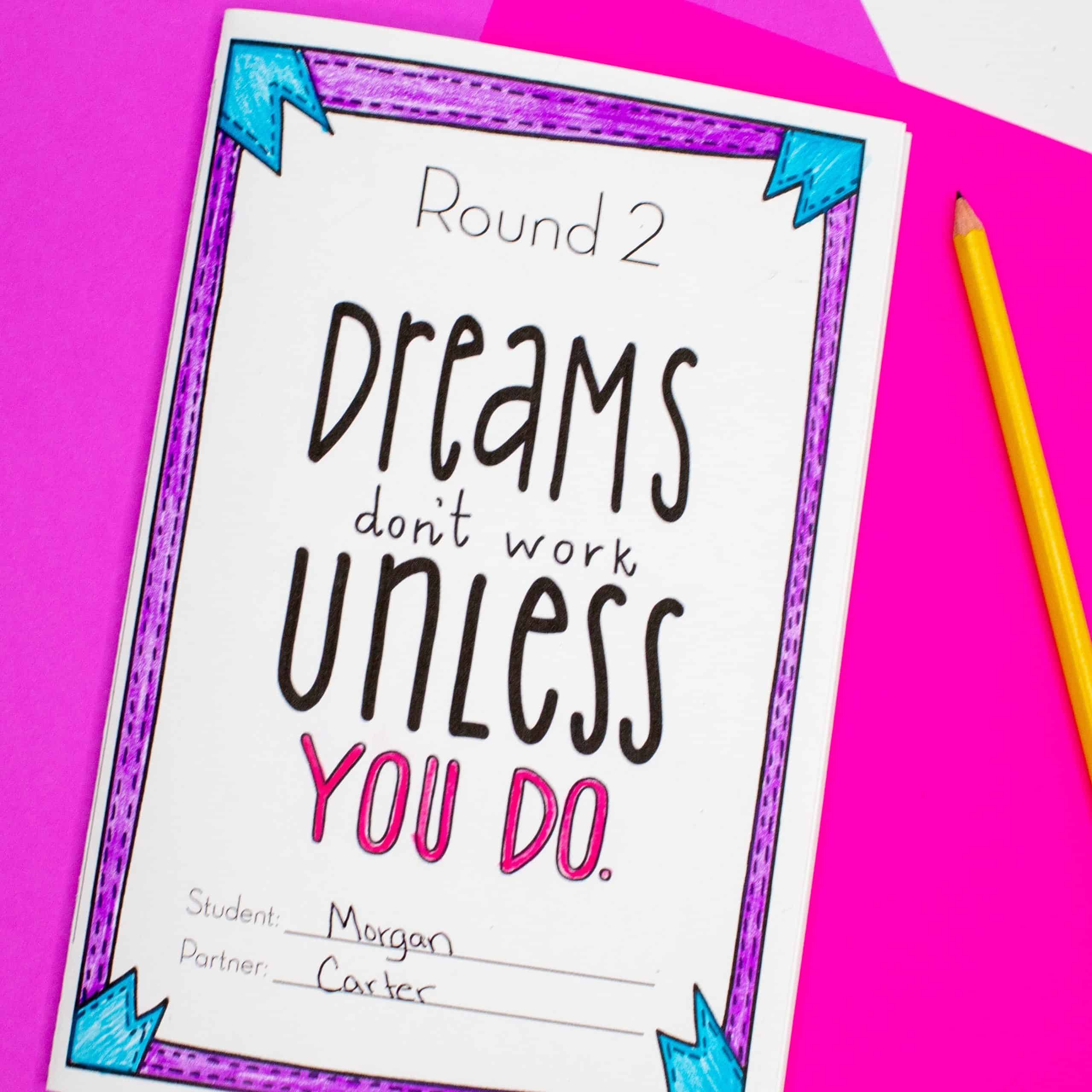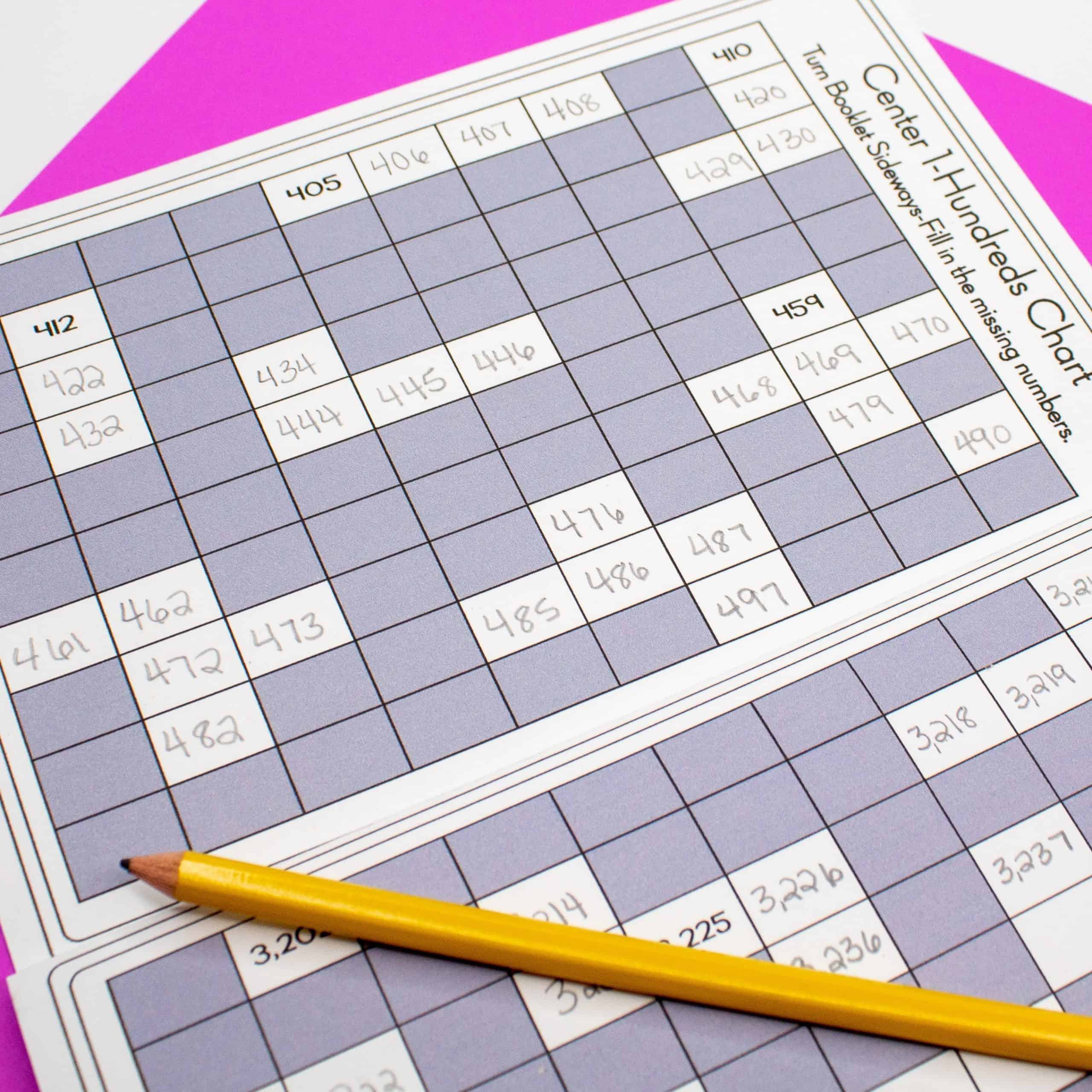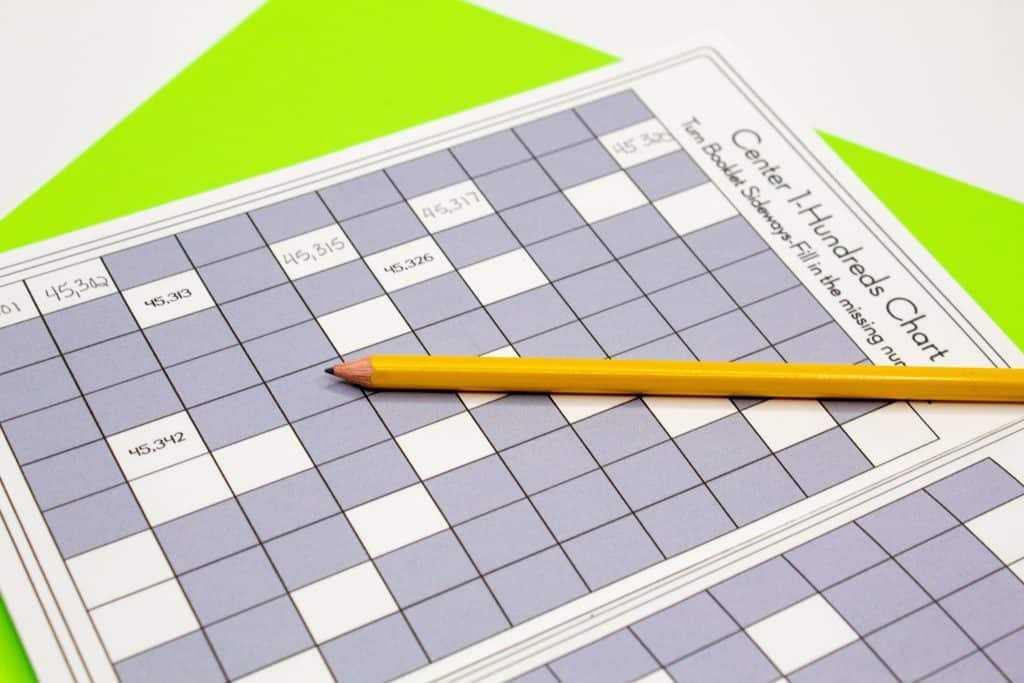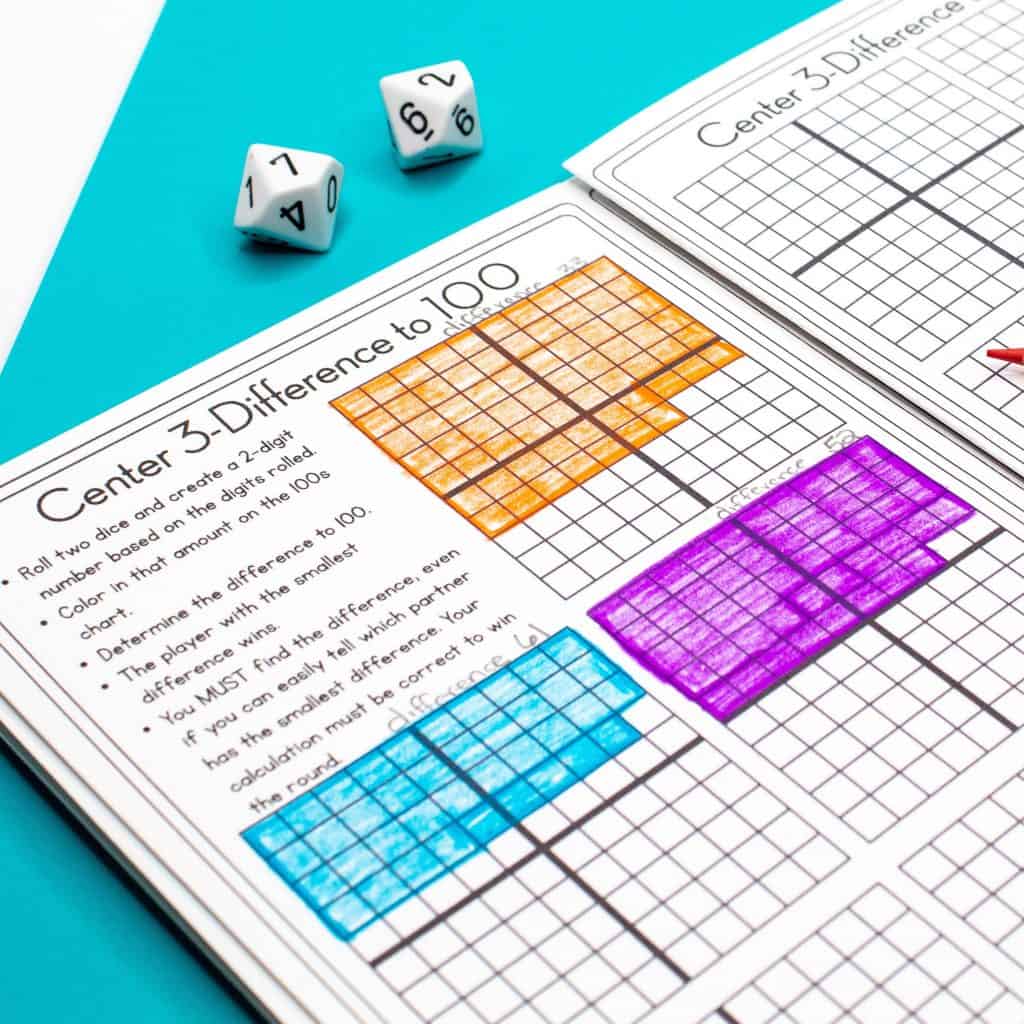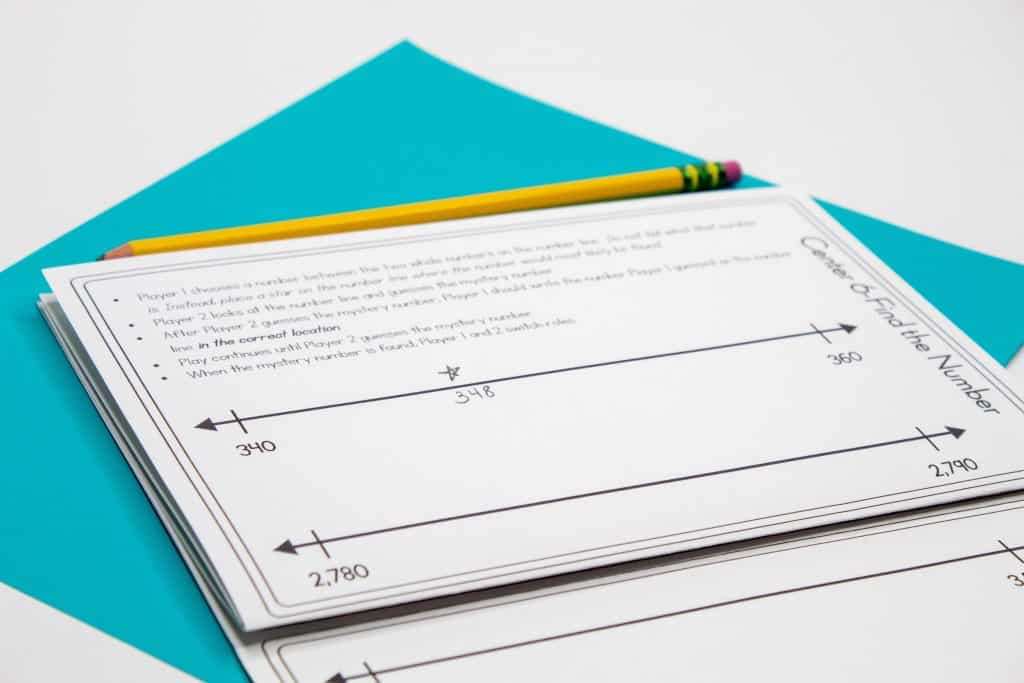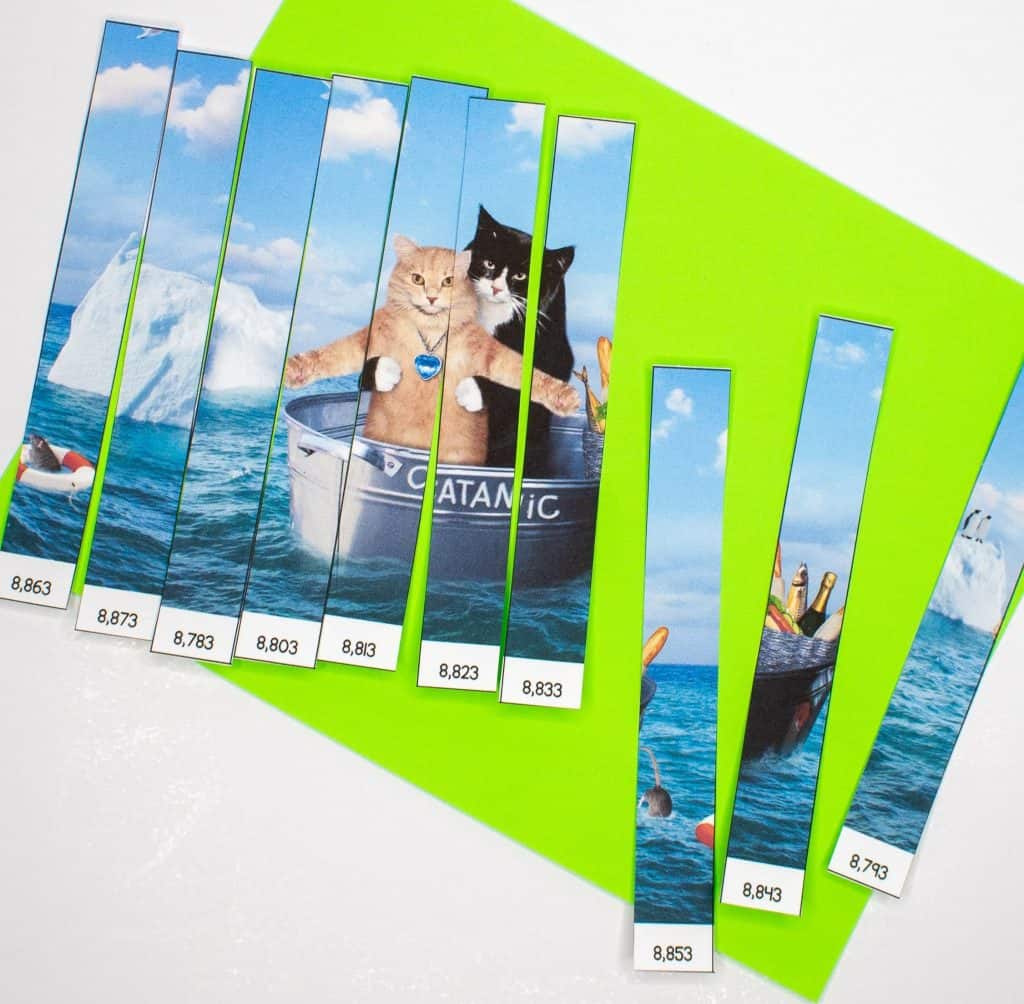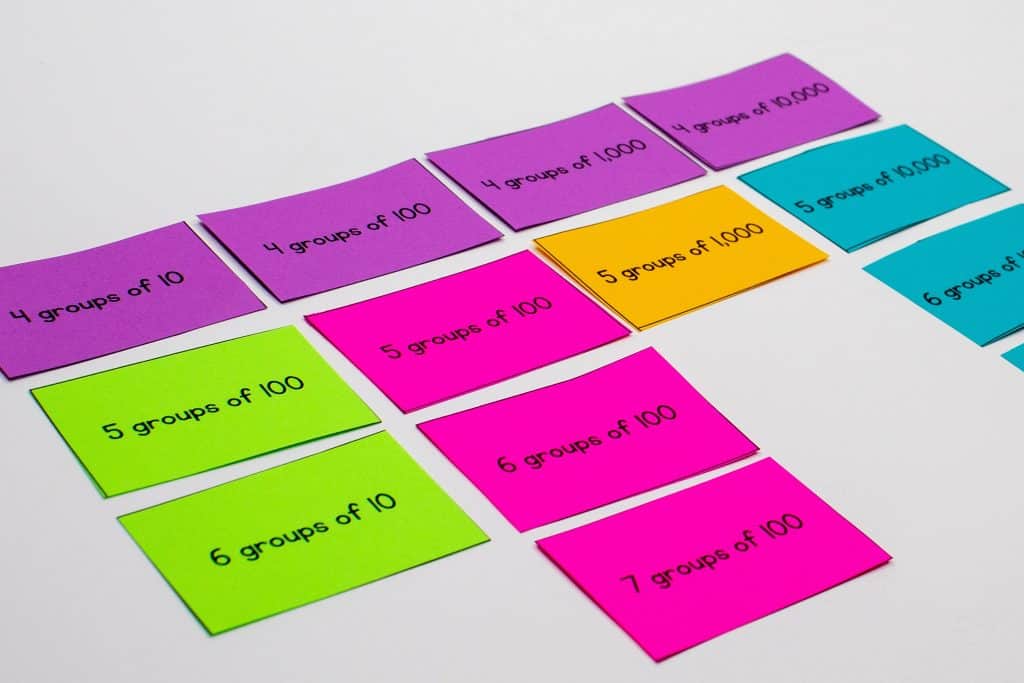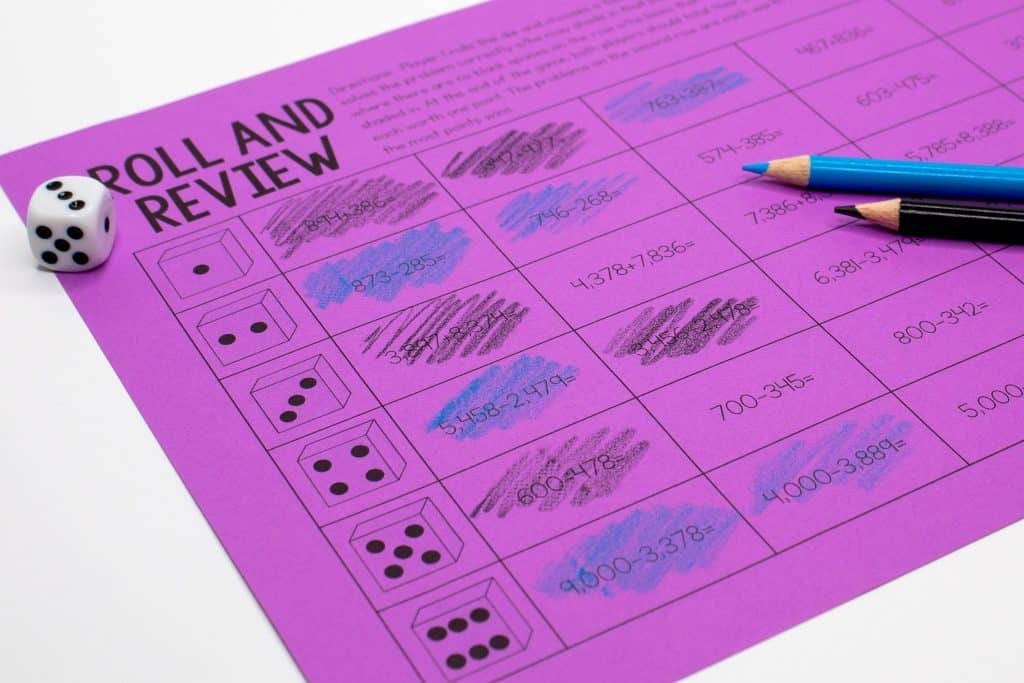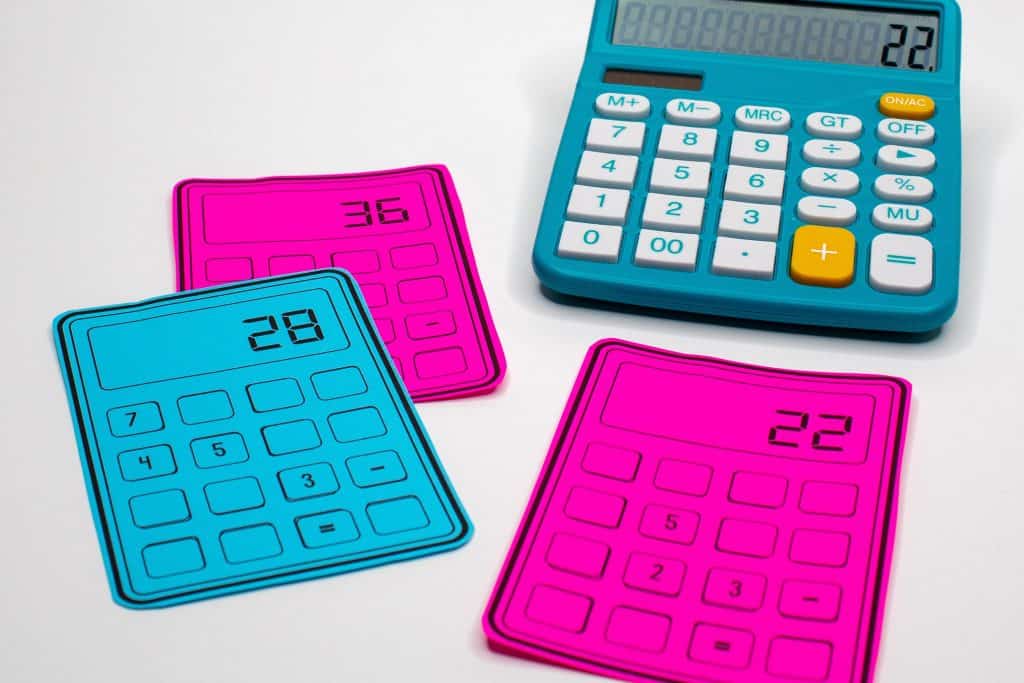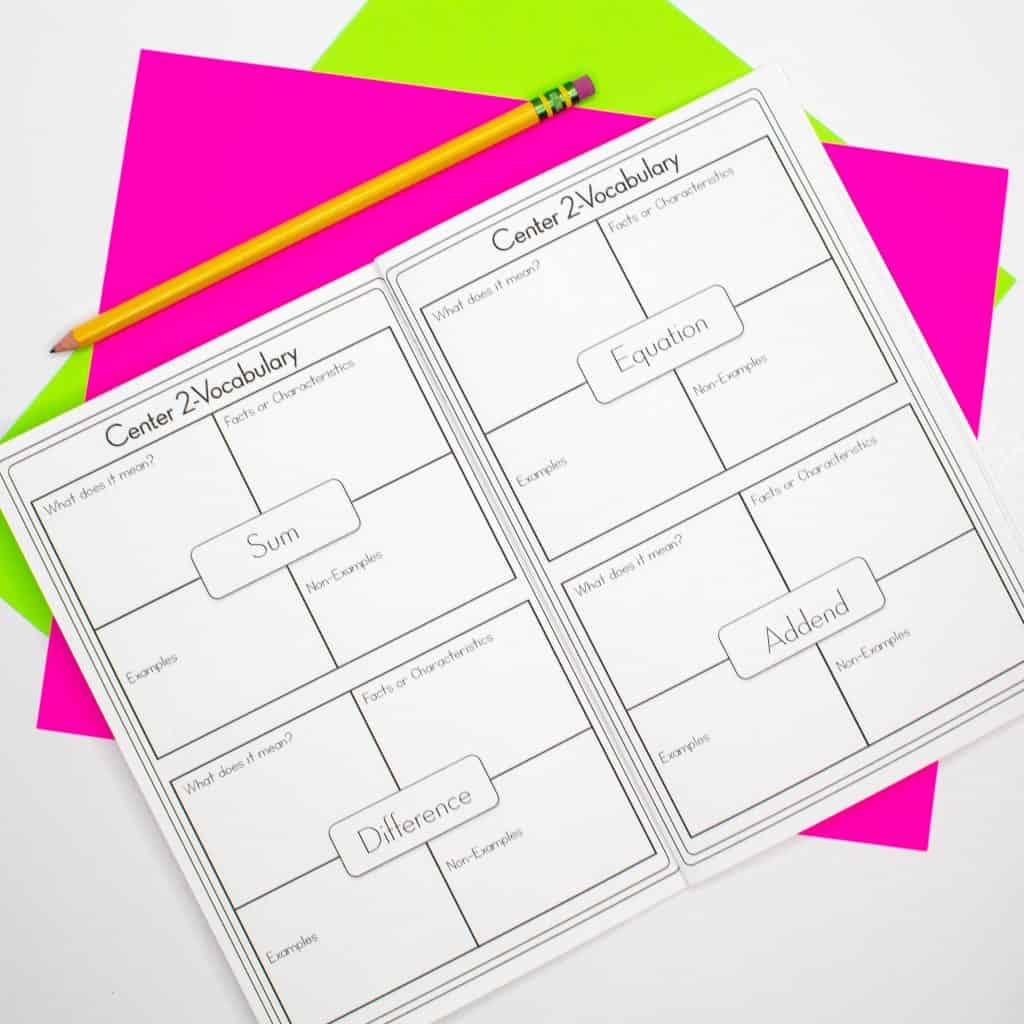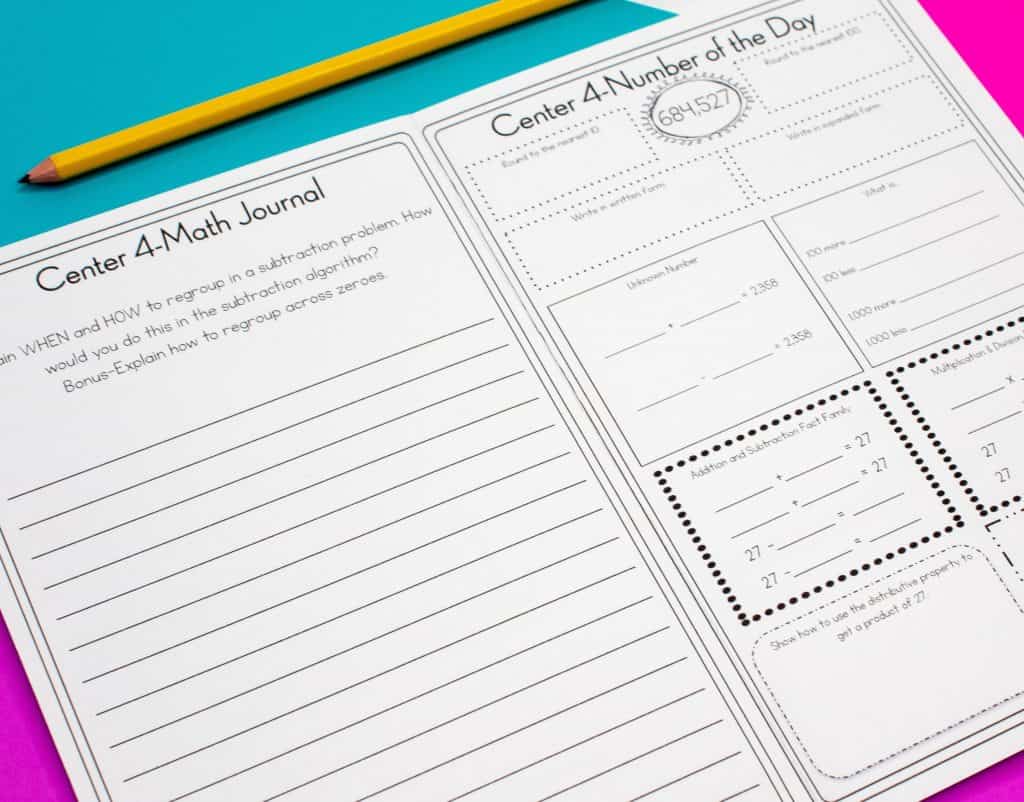These number sense activities are a blast for students! Most upper elementary teachers notice a lack of number sense in their students, and that lack of number sense makes high levels of math extremely difficult for children. We’ve all seen the blank stares when students are not able to grasp or connect to the concept we’re teaching. Maybe you’ve had students answer math questions with numbers that seemingly come out of thin air that are not even remotely reasonable. This is typically due to a lack of number sense.
Number sense isn’t something you can teach in a single math unit. Instead, students must be exposed to opportunities that allow them develop number sense. In this post I’ve shared a few of my favorite number sense activities.
I’ve always been a teacher who is laser-focused on the standards. I could easily attach every activity my students completed to a specific standard. But, I finally came to the understanding that I could not limit myself to just the written content standards. Sometimes we have to provide students with the instruction they need before students can access those standards.
Number Sense Activities – The Essentials
Below are essential components to upper elementary number sense. This isn’t an all inclusive list. This is just the areas where I’ve observed the greatest weaknesses and the areas that allow students to make the greatest gains. I’ll keep the overview extremely brief, so you can get to the fun stuff!
- Unitizing – the understanding that you can count a large group of items by counting equal groups of items from within the large group. Multiplication begins with students’ ability to unitize. Unfortunately, unitizing is area of struggle that often goes undetected, and students become stuck as additive thinkers and never progress to thinking multiplicatively.
- Spatial Reasoning – Spatial relationships give students the ability to manipulate numbers in ways they may not yet be able to do with abstract numerals.
- Benchmarks-Benchmark numbers are not limited to five and ten. In upper elementary, students begin to work with one and one-half as a benchmark number.
- One/Two More or Less (Units) – Knowing one/two more or less allows students to be flexible thinkers and aides in mental computation. It’s important to incorporate this with multiple units. For example what is 2 ten thousands less than 431,388, or what is 2 unit fractions more than 4/5?
- Parts and Wholes – Students recognize that a number can be decomposed into many different parts.
Number Sense Math Centers
These number sense activities are perfect for math centers and are not your traditional math centers. Instead of being focused on a specific standard, these centers are designed to provide opportunities for developing number sense.
I included an optional booklet which students can use to record all of their responses. I love having students keep everything in one place, and this seems to simplify recording sheets. Of course, I also included traditional recording sheets if that’s what you prefer.
You can find the 4th grade math centers here and the 3rd grade math centers here.
Hundreds Chart
In the first activity, students complete four sets of hundreds charts. In the first chart students work with numbers 400-500, and then each hundreds chart has students work with progressively larger numbers. By the last hundreds chart, students work with numbers 703,500-703,600.
Difference to 100
This number sense activity lets students develop their spatial reasoning and benchmark number sense. They take turns rolling two dice to build a number. Students shade in the total amount rolled. Then, they use the grids to determine the difference from 100. The 10 by 10 grids are outlined into four quadrants of 5 to allow for easier visualization.
Find the Number
This activity also allows students to focus on spatial reasoning. Player 1 secretly chooses a number between the two whole numbers on the number line and places a star on the number line where the number would most likely be found. Player 2 tries to guess the mystery number. After each guess, Player 1 writes the guessed number on the number line in the correct location. When the mystery number if found, students change roles.
Picture Puzzles
Picture puzzles are a great activity for developing number sense. I had always assumed they would be too easy for students, but I tried them out at home with my own kids. It was really surprising to see how challenging this was for them. I tried to use pictures that older students would find humorous, because I always want to make it fun.
In this particular puzzle, students are looking for numbers that are one ten more than the previous number.
Line ’em Up
The object of this number sense activity is for students to be the first player to play all of the cards. Players take turns laying out one card at a time to build four rows of cards in the middle of the table or floor. If Player 1 puts down 5 groups of 10, player 2 can then play the 6 groups of 10 or the 5 groups of 100, 5 groups of 1,000 or 5 groups of 10,000. When the player lays down the card, s/he must say the total “5 groups of 10 is 50”. All numbers must be placed in order in each row. If a player does not have a card that can be played, they must skip their turn.
I love to mix these number sense activities with more traditional standards-based math activities.
Number Sense Activities – Roll and Review
Calculator Cards
Number Sense Activities – Vocabulary
Math Journal Prompts & Number of the Day
Your students will love these number sense activities! You can find the 4th grade math centers here and the 3rd grade math centers here.
You can read about developing number sense through math warm-ups here.

